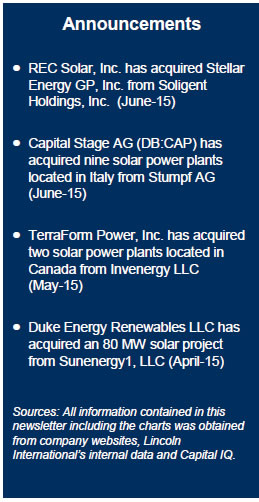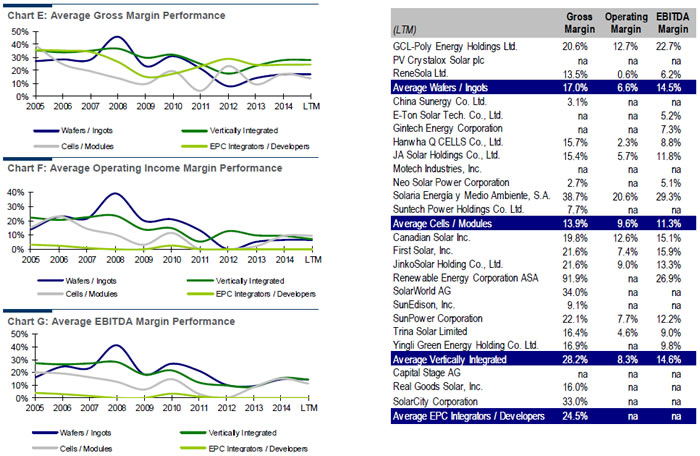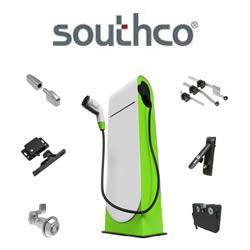The majority of sectors within the solar energy industry are still exhibiting lower than optimal bottom line margins. However, certain sectors are now beginning to see slight margin improvements generated from continued improvements in balance of system costs, industry consolidation and continued growth for solar in certain geographies.
Q2 2015 Deal Volume Comparison
Contributed by | Lincoln International
There were 25 completed solar energy transactions in Q2 2015 compared to 45 in Q2 2014. This number is a decrease from the 36 transactions recorded in Q1 2015.
Within solar energy transactions, consolidation represented 60% of transactions, or 15 deals in Q2 2015. The next largest category was investment by private equity/investors with 9 transactions, or 36% of the Q2 2015 total. Diversification into the solar industry accounted for one transaction, or 4% of the total transactions this quarter. For the first time since Q1 2013, there were no vertical integration acquisitions this quarter.

 In Q2 2015, 44% or 11 of the 25 total transactions occurred in the U.S./Canada. This represents a 2% increase in share from Q1 2015. Europe exhibited a decrease in activity recording 5 transactions or 20% of the total in Q2 2015 down from 31%of the total in the previous quarter. Asia recorded four transactions, or 16% of the total in Q2 2015, while cross-continental transactions accounted for five transactions, or 20% of the total in Q2 2015. South America did not record a transaction.
In Q2 2015, 44% or 11 of the 25 total transactions occurred in the U.S./Canada. This represents a 2% increase in share from Q1 2015. Europe exhibited a decrease in activity recording 5 transactions or 20% of the total in Q2 2015 down from 31%of the total in the previous quarter. Asia recorded four transactions, or 16% of the total in Q2 2015, while cross-continental transactions accounted for five transactions, or 20% of the total in Q2 2015. South America did not record a transaction.
In addition, there were 20 transactions for solar energy producers, or 80% of the total. This quarter there were five acquisitions of EPC integrators/developers, or 20% of the total transaction volume. No transactions of companies categorized as wafer/ingot producers, vertically integrated companies, solar equipment manufacturers, or cell/module producers were recorded during the quarter.
After an increase in activity during the previous quarter, acquisition activity decreased in Q2 2015. Consolidation for producers of solar power continued to be the primary source of deal activity, in addition to significant volume from the private equity/investors category. This trend is expected to continue given the availability of capital. Activity remained significantly weighted to the more established markets in North America and Europe, with nearly 66% of all transactions in Q2. It is notable that the overall level of transaction activity has waned and through the first half of 2015 is lower than it has been in recent history. However, despite this decrease in activity, there has been an increase in transactions of other companies getting completed, in particular across the EPC space. Across the industry there continues to be a push for scale and acquisition could be the most opportune path to attain that result.

Margin Performance in the Solar Energy Industry
The majority of sectors within the solar energy industry are still exhibiting lower than optimal bottom line margins. However, certain sectors are now beginning to see slight margin improvements generated from continued improvements in balance of system costs, industry consolidation and continued growth for solar in certain geographies. Additionally, the vertically integrated models are starting to show benefits with the best bottom line margin averages in the industry at present.
The three graphs below provide an overview of gross margin, operating income margin, and EBITDA margin performance from 2005 through today. Each graph shows the margin performance by sector within the solar energy industry.
In terms of margin performance, vertically integrated companies saw slight improvement in gross margins, yet declining operating and EBITDA margins in LTM Q2 2015. Both wafers/ingots companies and EPC integrators/developers saw stagnant gross, operating and EBITDA margins compared to a year ago. The cells/modules companies saw stable operating margins but declining gross and EBITDA margins during the LTM Q2 2015 period.
Overall, sectors within the solar energy industry exhibited level or declining margin performance over the last year with the vertically integrated companies exhibiting some improvement. There could be more of a push for vertical integration if the models continue to show margin benefits.

About Lincoln International
Lincoln International specializes in merger and acquisition advisory services, debt advisory services, private capital raising and restructuring advice on mid-market transactions. Lincoln International also provides fairness opinions, valuations and pension advisory services on a wide range of transaction sizes. With sixteen offices in the Americas, Asia and Europe, Lincoln International has strong local knowledge and contacts in key global economies. The firm provides clients with senior-level attention, in-depth industry expertise and integrated resources. By being focused and independent, Lincoln International serves its clients without conflicts of interest. More information about Lincoln International can be obtained at www.lincolninternational.com.
The content & opinions in this article are the author’s and do not necessarily represent the views of AltEnergyMag
Comments (0)
This post does not have any comments. Be the first to leave a comment below.
Featured Product

